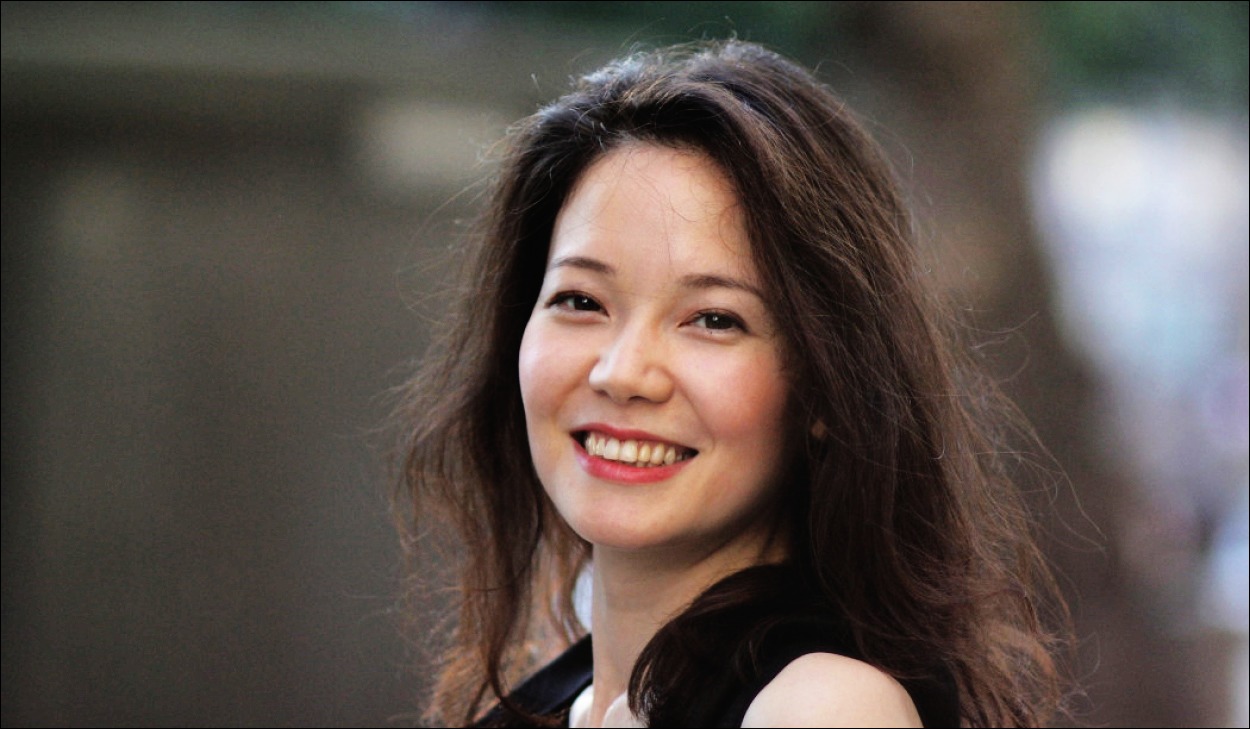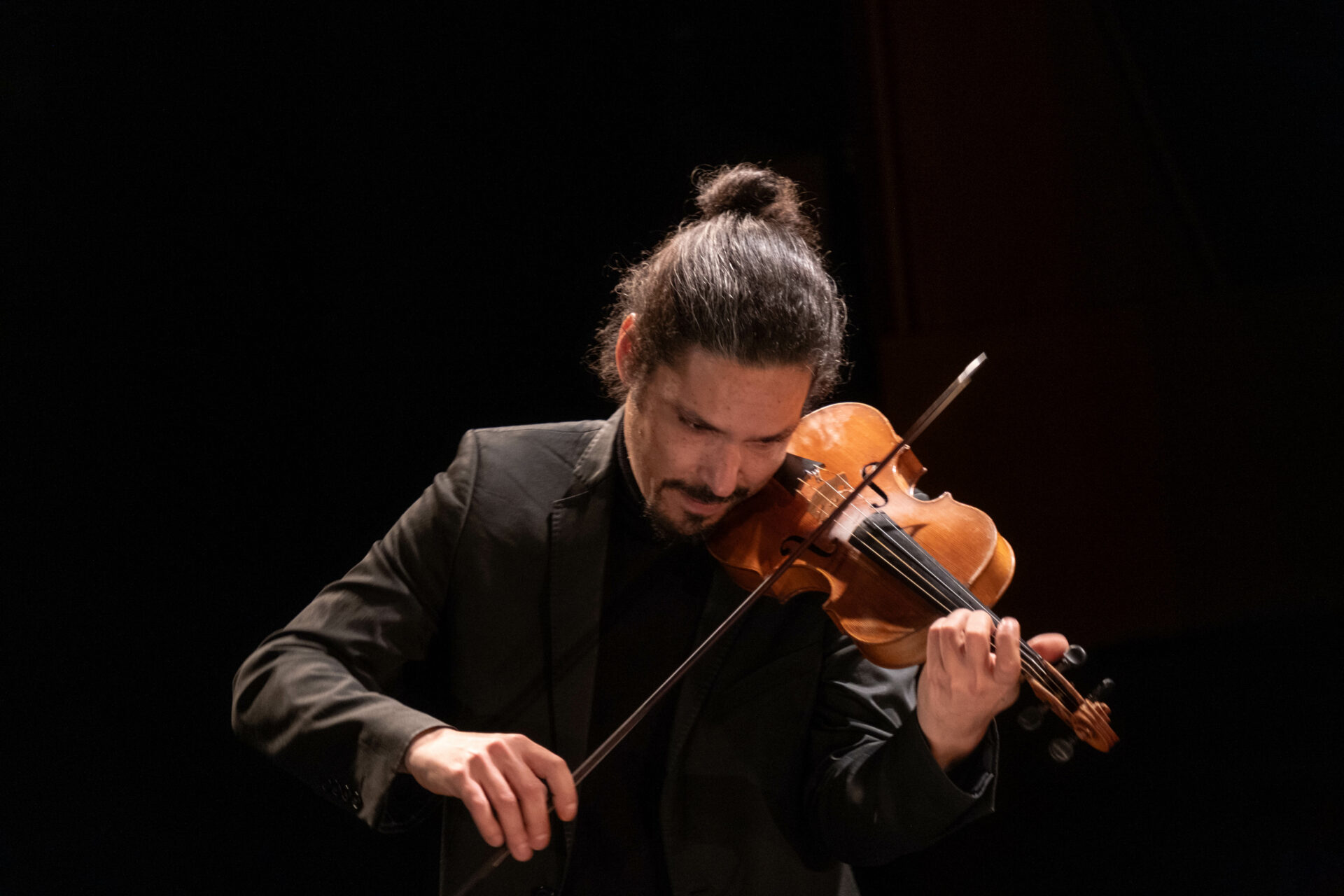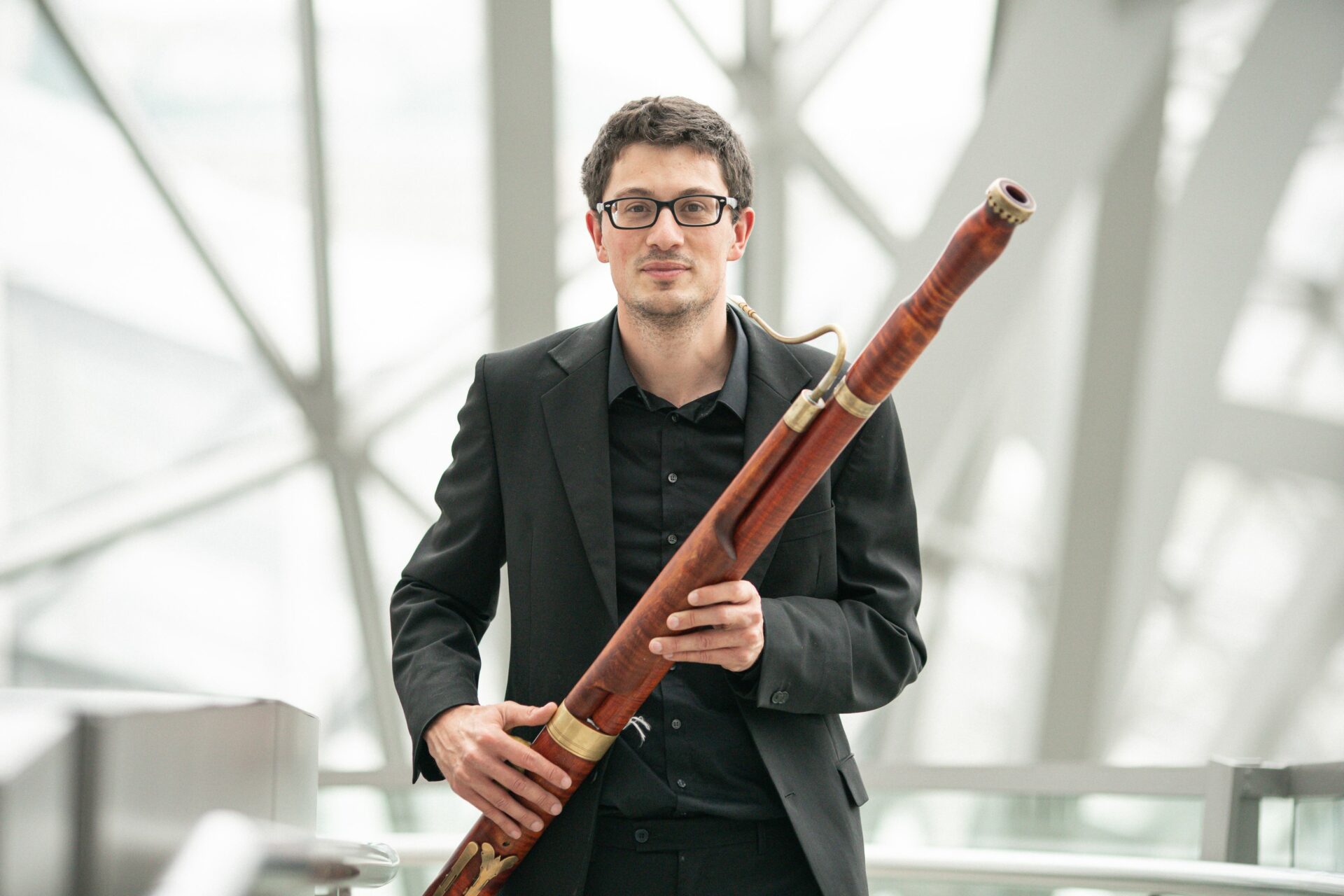Jubilatio
Jubilatio
jubilatio
Johann Sebastian Bach
Concerto brandebourgeois No. III, BWV 1048
Antonio Vivaldi
Laudate puer Dominum RV 600 (extraits)
Aria Sit nomen Domini
Aria A solis ortu
Antonio Vivaldi
Concerto pour flautino et cordes RV 443
Georg Friedrich Händel
Gloria in Excelsis deo (HWV deest)
Johann Pachelbel
Canon et gigue en Ré majeur
Johann Sebastian Bach
Aria Et exultavit (extrait du Magnificat BWV 243)
Johann Sebastian Bach
Concerto brandebourgeois No.IV, BWV 1049
Georg Friedrich Händel
Aria « Rejoice greatly» (extrait du Messie HWV 56)
Anara Khassenova, alternating with Heather Newhouse
Reynier Guerrero, violon
Florian Gazagne et Aránzazu Nieto, flu50te
Franck-Emmanuel Comte, organ and musical direction
On stage:
1 soloist, 14 instrumentalists
Bach and Joy
It seems to me that the joy emanating from J.S. Bach’s concertos is decidedly spontaneous and earthly. The violinist’s bow and the conductor’s gestures transmit a swift and cascading ebullience, born of the orchestral rhythm that engages the listener and then carries them away. From the outset of the third Brandenburg Concerto, an incessantly repeating “eighth note/two sixteenth note” rhythm, a sort of musical incarnation of laughter, ensnares you with simple, childlike joyfulness, and leaves you hoping that the music will never end.
Joy also comes from the artists’ interactions and their shared pleasure in interpreting such effusive musical writing. The dialogue between different instrumental groups in the third concerto appears to me to be a perfect example. The exuberant jousting of the violins, violas, and cellos is the clearest rhetorical expression of this shared joy, a jousting that is interrupted only briefly by a few solos and punctuated with powerful unisons. This joy is only complete when it is shared with a diverse audience, as Bach’s oeuvre is both universal and timeless.
Of course, such jubilation, born of one man’s genius, connects us all to a superior being: depending on a person’s cultural background and interests, this might mean cosmic energy, a higher lifeforce, God, or Mother Nature. When we go beyond personal emotions and become aware of the constant flow rendered audible by Bach’s genius, we can accept joy in all of its globality and mystery. This suggests that joy also arises from the perception of the link connecting us all to something greater than ourselves. Bach and his contemporaries powerfully remind us of what the Stoics described several millennia before the baroque period: the fact that being alive is a gift, and that it is a gift we share with one another.
Franck-Emmanuel Comte
Jubilatio: a musical celebration with Bach, Vivaldi, Handel and Pachelbel
Baroque music is a musical art defined by rhetoric. And yet Baroque masters used the rhetorical art’s stylistic figures and formal rules as starting points for the creation of brilliant explosions of musical color and energy. Better than any of his contemporaries, it was Bach who employed rhetorical principles to compose music with the perfect mixture of fantasy and rigor, thrift and abundance. Brandenburg Concertos Nos. 3 and 4 are perfect examples of how contrapuntal mastery and the joy of the dance are combined in Bach’s music with fluidity and ease. The quintessence of musical rejoicing, these instrumental masterpieces showcasing virtuosity and joy are at the core of Jubilatio, a concert program that features Bach and his contemporaries’ individual visions of melodious jubilation, composed to serve God, or their own pleasure.



